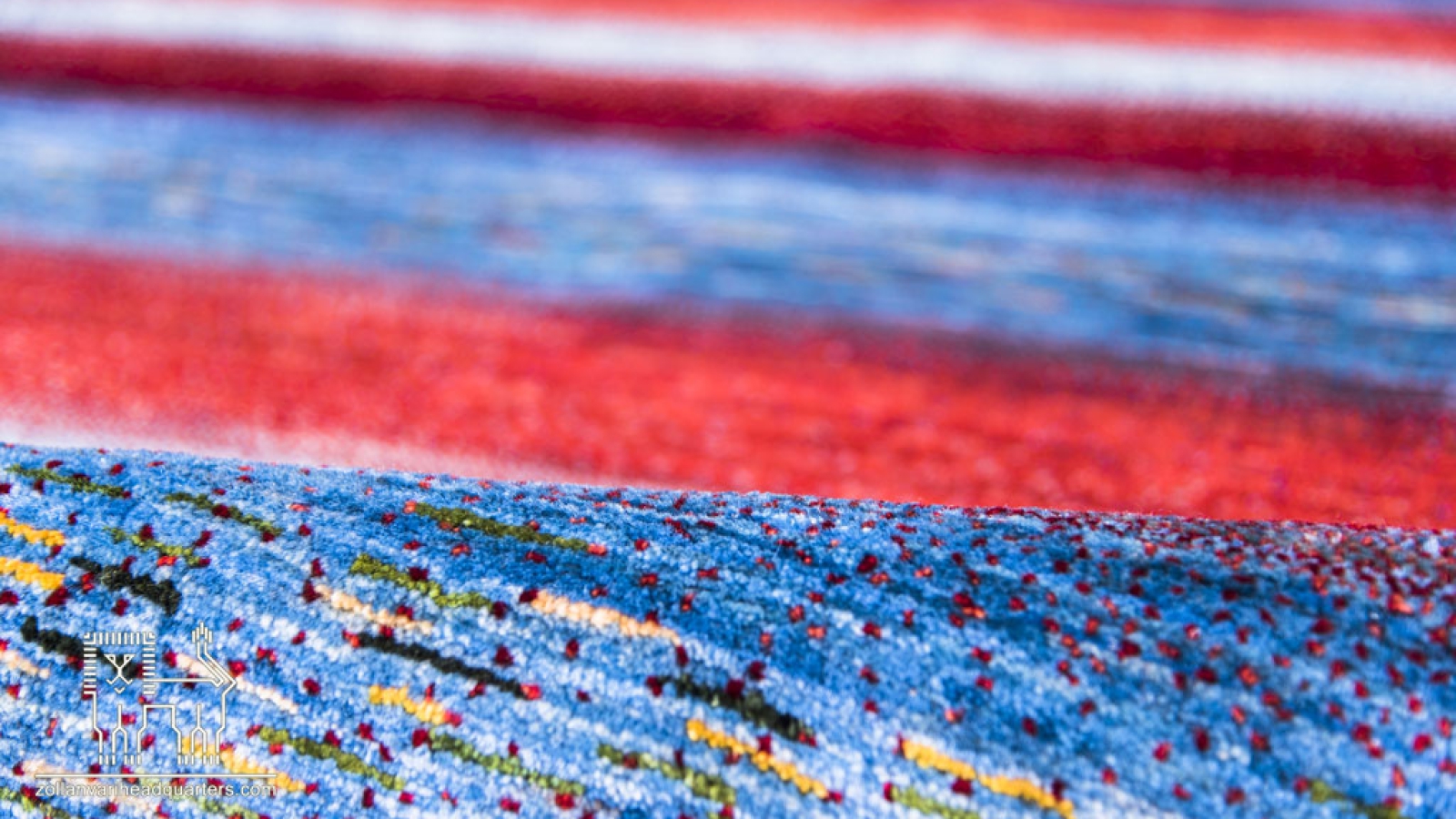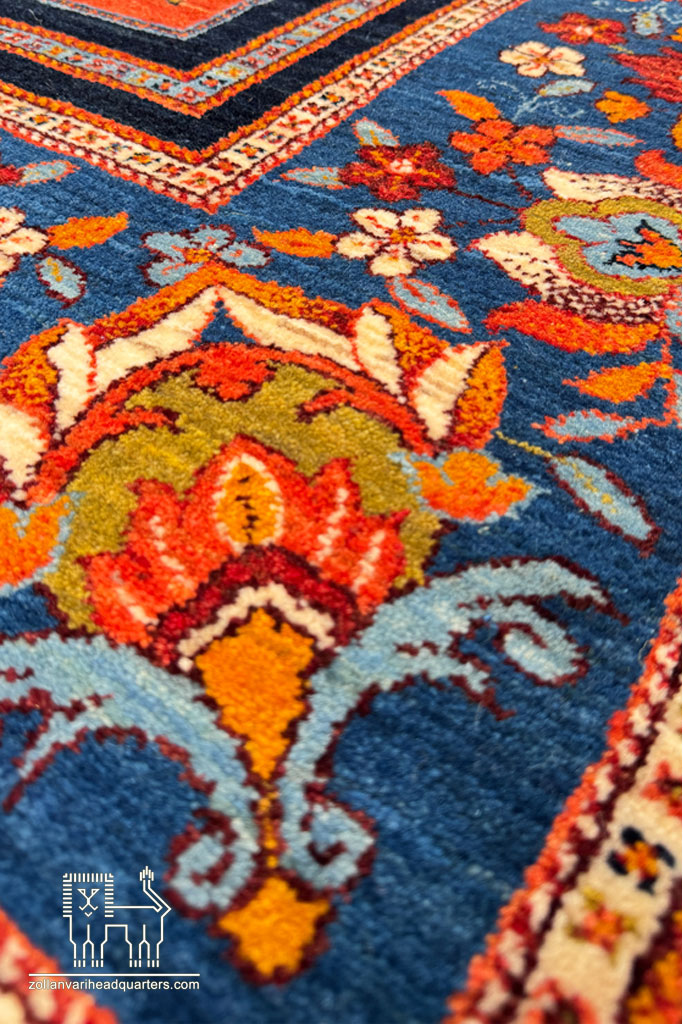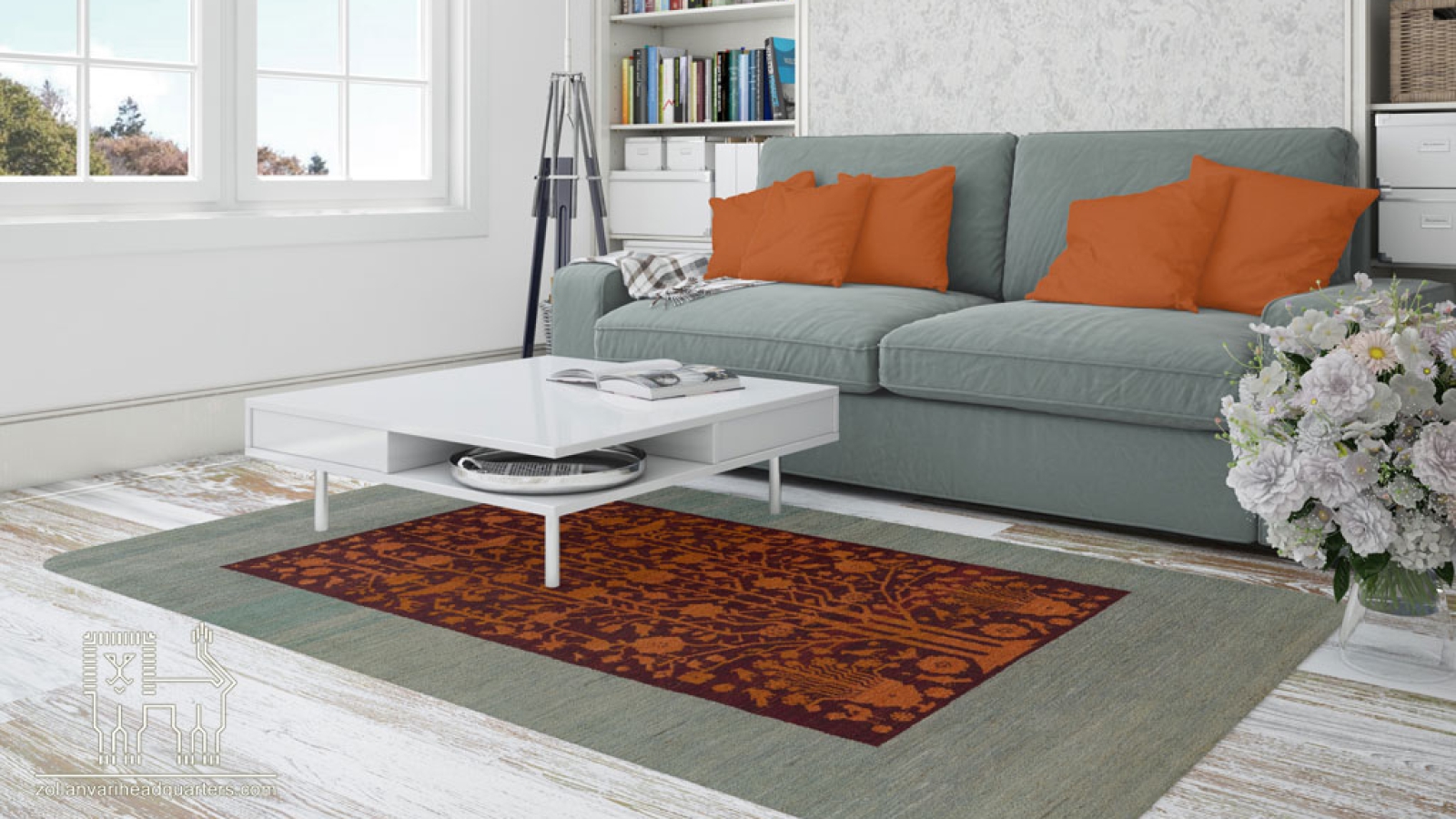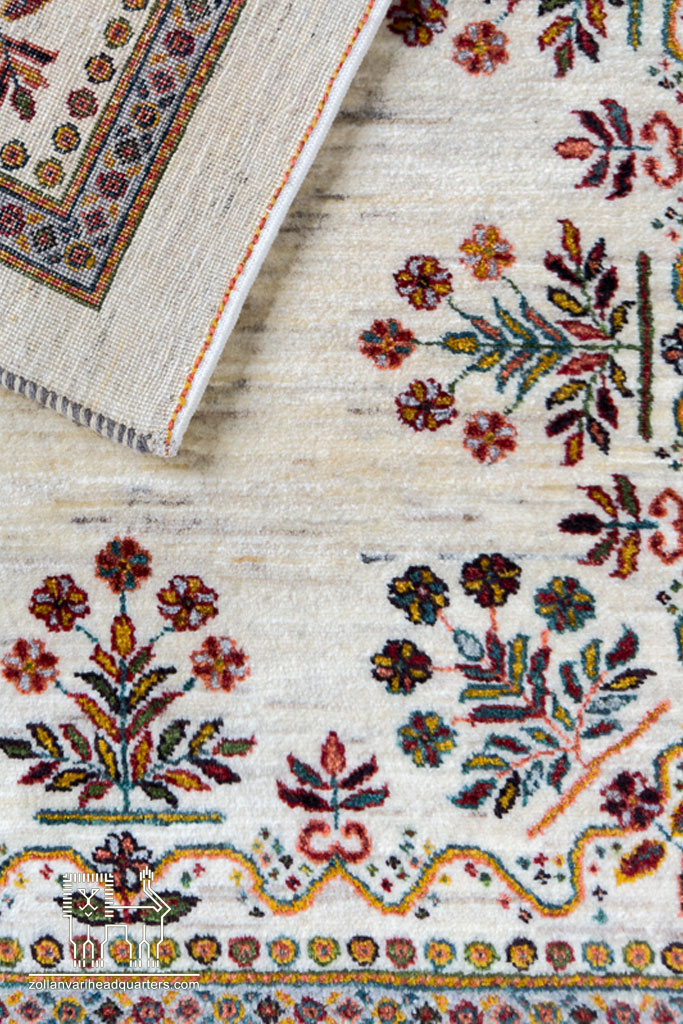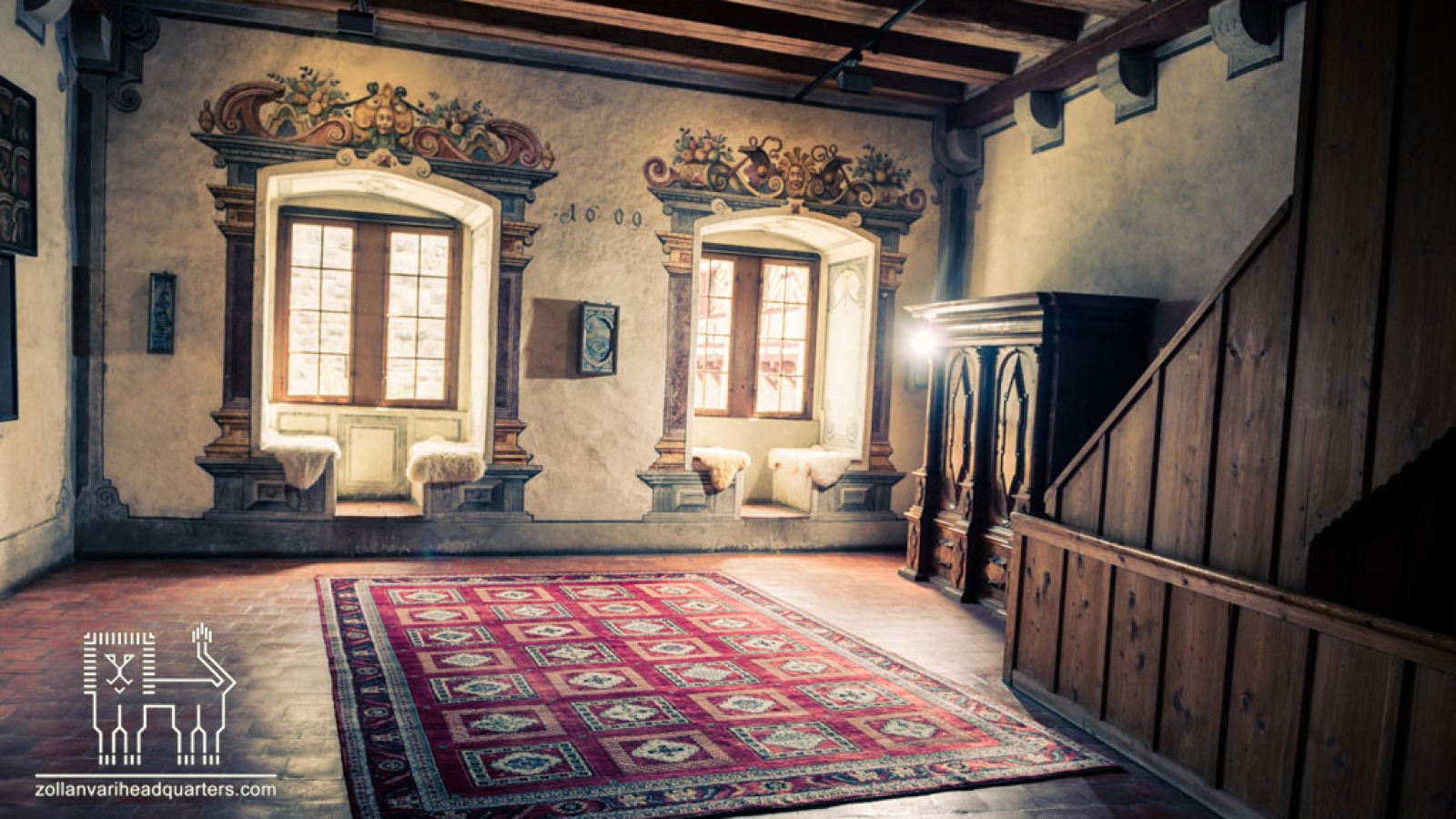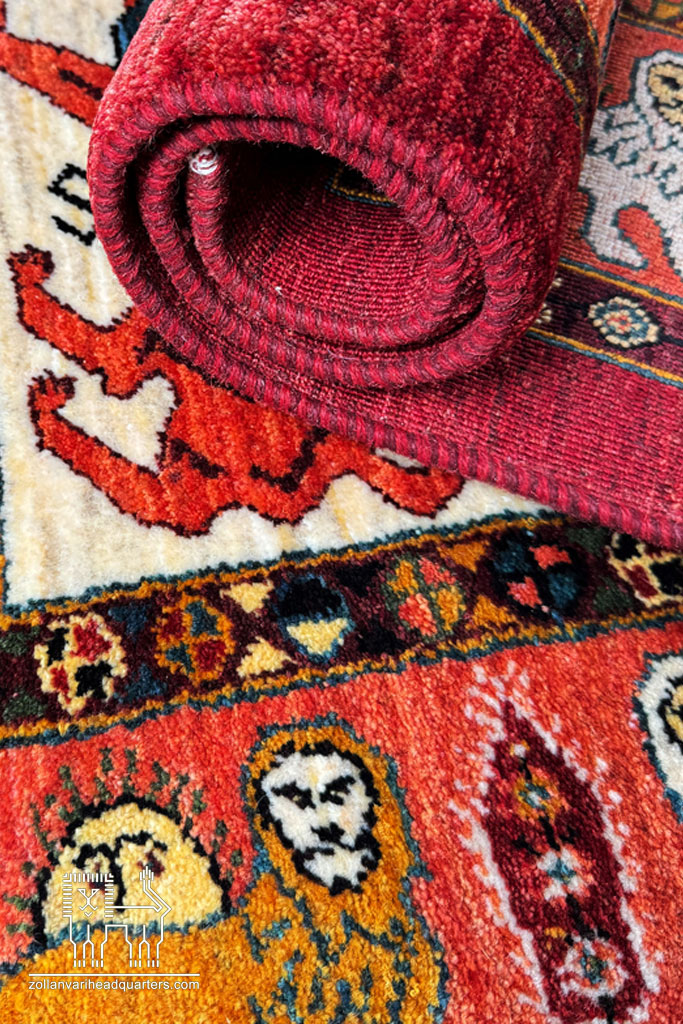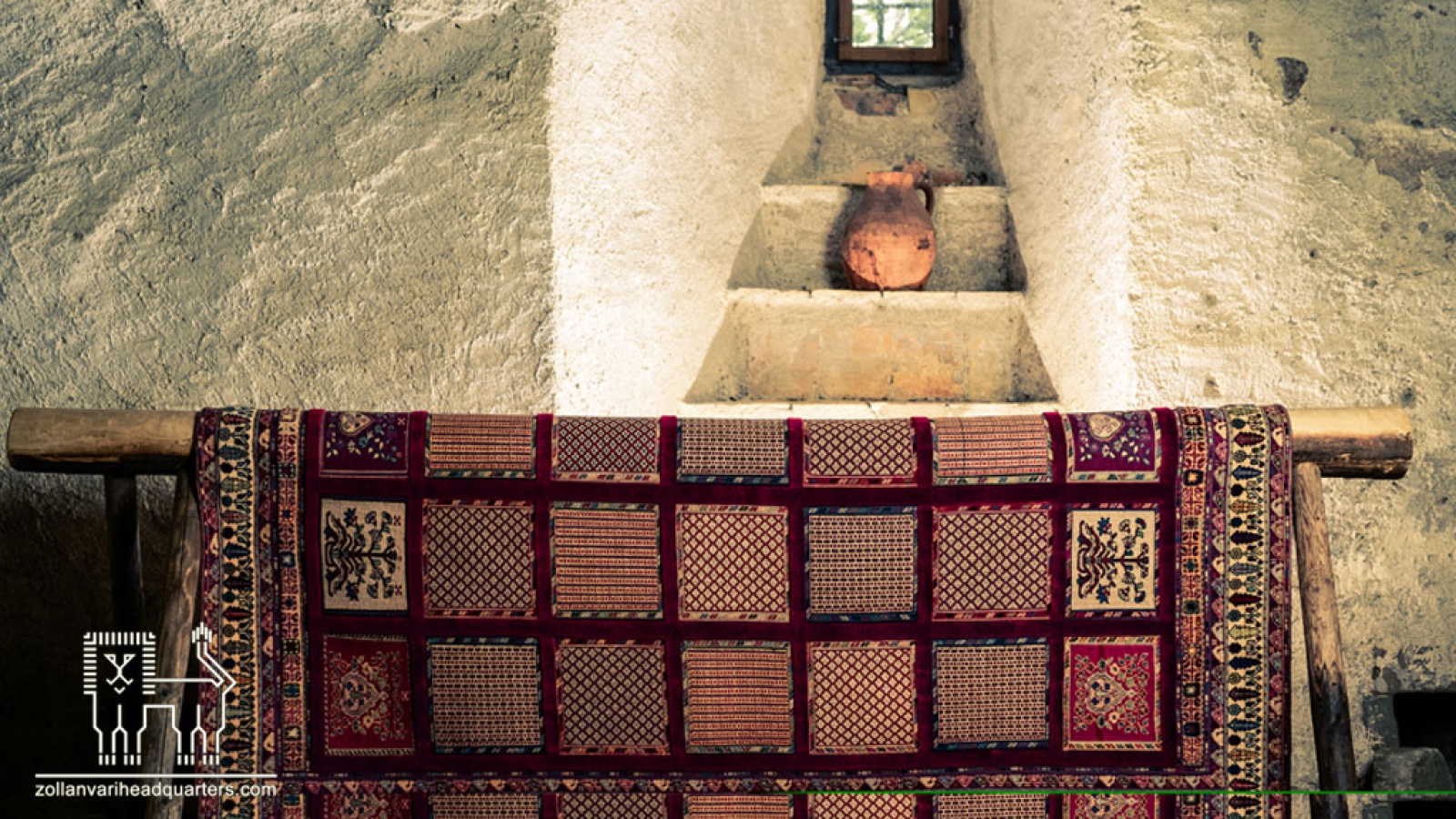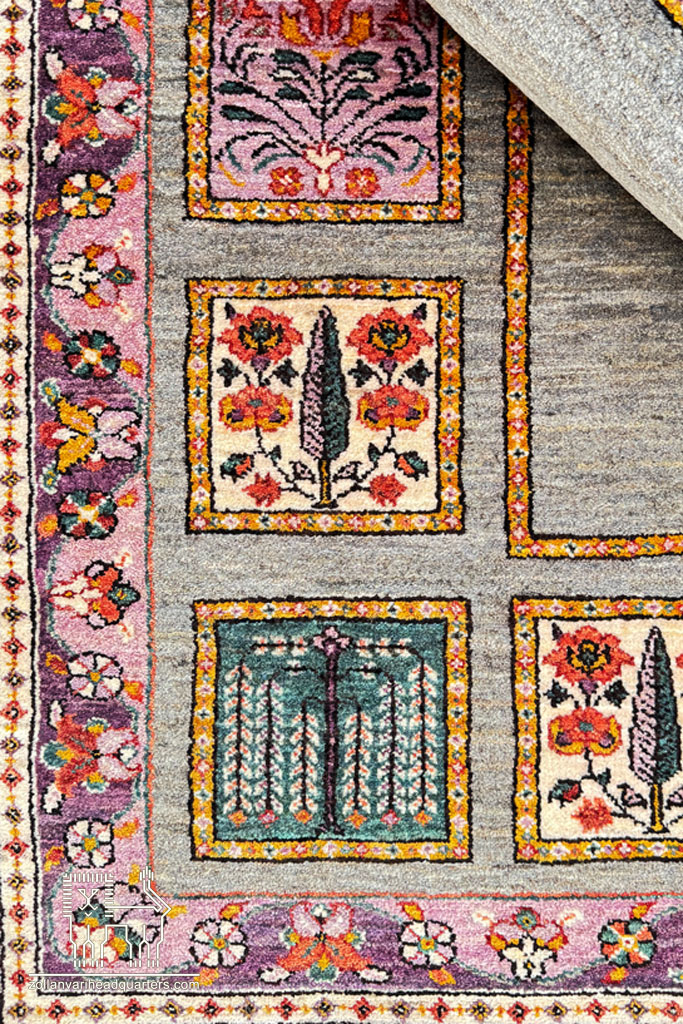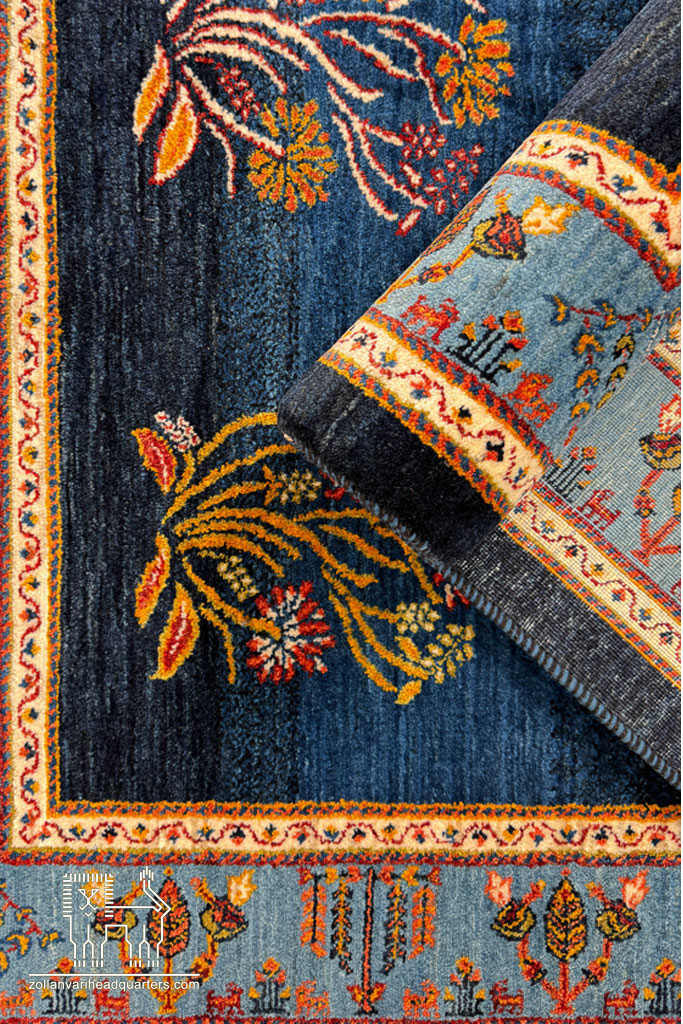The Right Carpet, the Right Space
A carpet, as one of the essential elements of our home decor, not only serves a functional purpose but also plays a significant role in enhancing the beauty and appeal of the space. However, many of us, when buying a carpet, only pay attention to its appearance and overlook the importance of factors such as size. The high prices of carpets today compel us to carefully choose the correct size for our home, as an incorrect choice can lead to wasted expenses and dissatisfaction. Therefore, we should first define our purpose for buying the carpet. Are we looking to soften the floor for comfort when walking and sitting? Or are we seeking beauty and harmony with the home decor? Or perhaps we only need the carpet to cover the floor? In this article on the website Zollanvari, we will guide you on how to make the best choice.
Carpet Arrangement and Sofa Legs in the Living Room
In living room decor, the arrangement of the carpet plays a crucial role in creating a cozy and harmonious space. One of the basic principles in this area is that the front legs of the sofas should be placed on the carpet, while the back legs remain on the floor. Following this rule helps you showcase a balanced and coordinated living room space; therefore, when buying a carpet, you need to pay attention to its dimensions to avoid it being too large or small, as an unsuitable carpet can cause the sofas to be too close or too far apart.
If your furniture includes different types of chairs, you can place some of the sofa legs on the carpet to add more variety to the arrangement. This method can be especially appealing in larger spaces where there is more room to maneuver. If you prefer larger carpets, you can place all four sofa legs on the carpet, but be aware that this may make the space appear more crowded and smaller.
 Correct Carpet Size for Your Home
Correct Carpet Size for Your Home
Choosing the Correct Carpet Size for the Living Room and Bedroom
Choosing the right carpet for the living room requires attention to detail. You should ensure that the first leg of the sofa is placed directly on the carpet, while the entire sofa should not rest on it. The coffee table should also be placed near the center of the carpet to maintain balance and harmony in the space.
If you prefer small and fancy carpets, it’s best to lay them in the center of the room and avoid placing additional items on them. The type of furniture you have plays a decisive role in carpet selection; for smaller tables, medallion carpets tend to look more attractive. However, for large wooden furniture, choosing a medallion carpet is not ideal as its design won’t be fully visible and could make the space feel cluttered. Additionally, if your furniture is in an L-shape, a scatter rug would be an ideal choice, as it will add order and beauty to the space with its extensive coverage.
Choosing the Right Carpet for the Bedroom
Many people prefer to cover the floor of their bedroom with a carpet or rug, so much so that the carpet typically covers only part of the room’s floor while the rest is covered by a rug. This design not only enhances the visual appeal but also considers comfort and warmth. In some cases, the edge of the bed rests on the carpet so that when getting up, the first steps are taken on a soft and pleasant surface. This feeling of softness can help start the day with positive energy and make the sleeping experience more enjoyable.
Final Word
Choosing the correct carpet size for your home is of great importance and has a significant impact on the beauty and functionality of the space. When buying a carpet, you should define the purpose of the purchase. In this regard, you can seek guidance from our experts to make a more confident and informed decision.

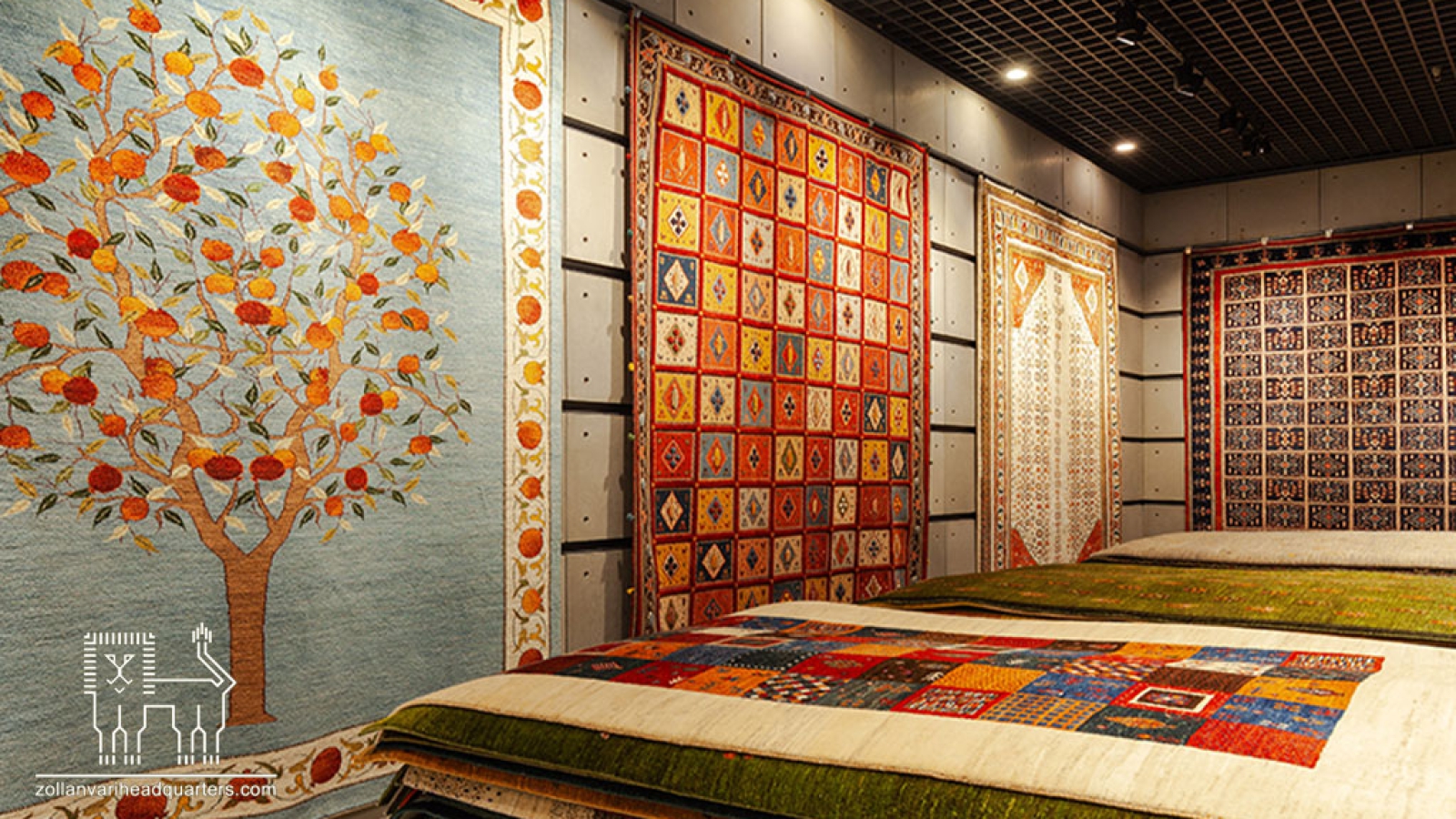
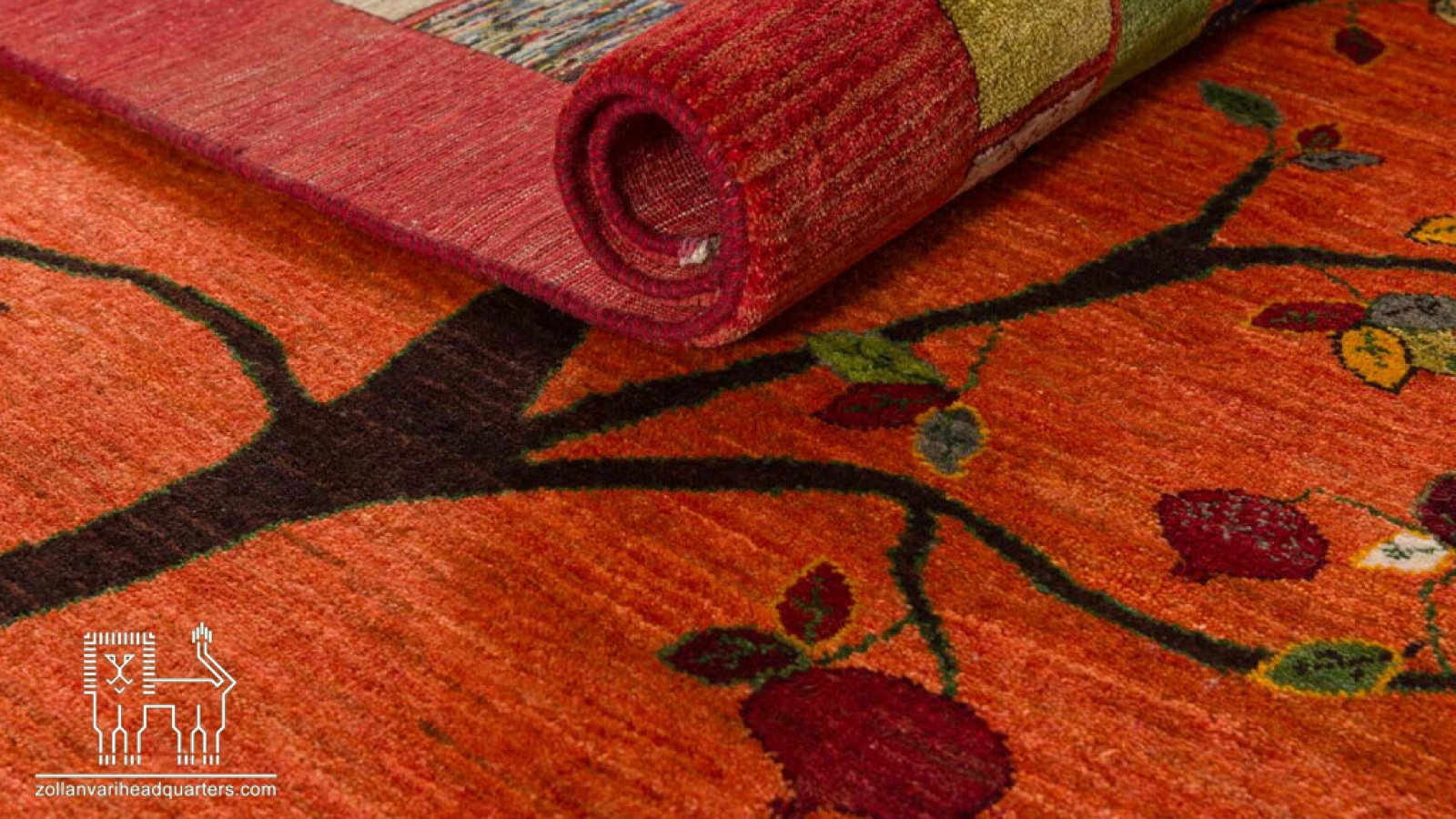
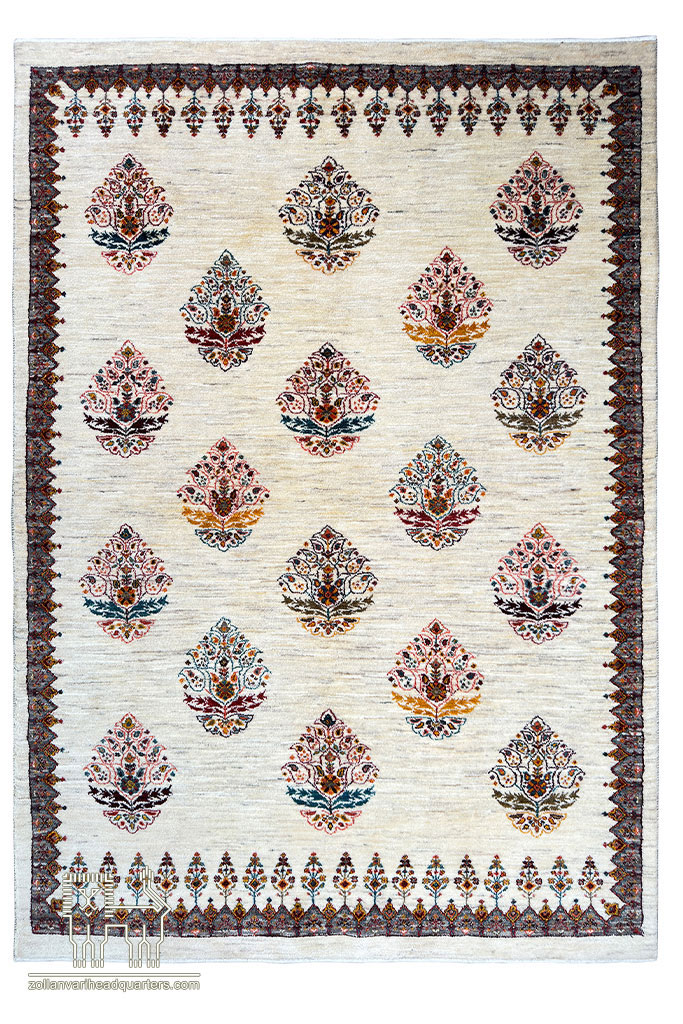 Neyriz Carpet
Neyriz Carpet
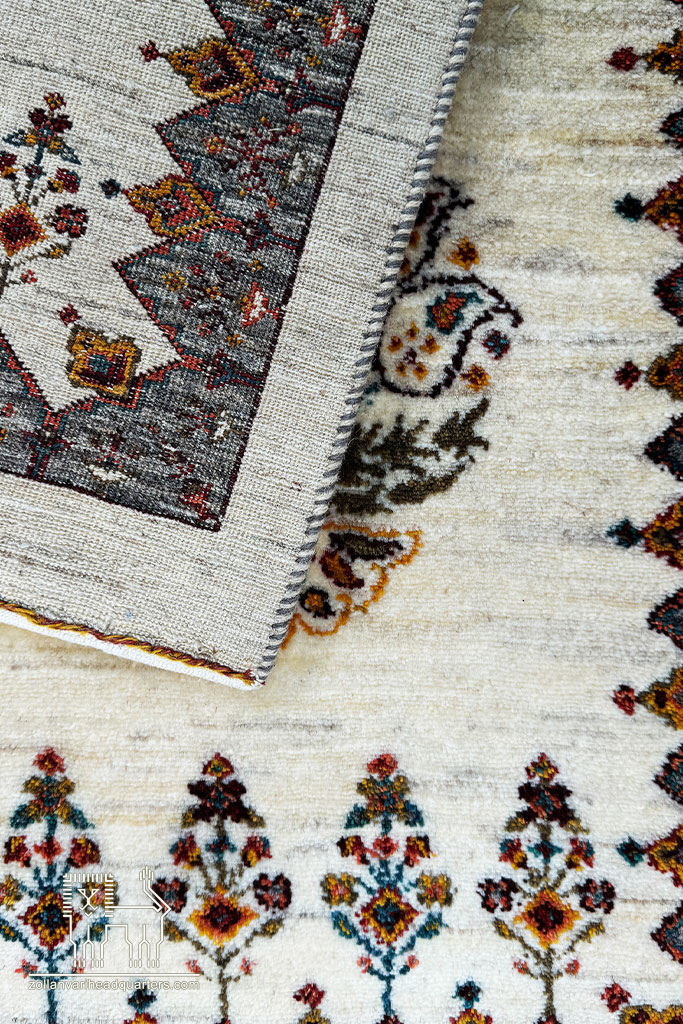 Exquisite Handwoven Iranian Carpets
Exquisite Handwoven Iranian Carpets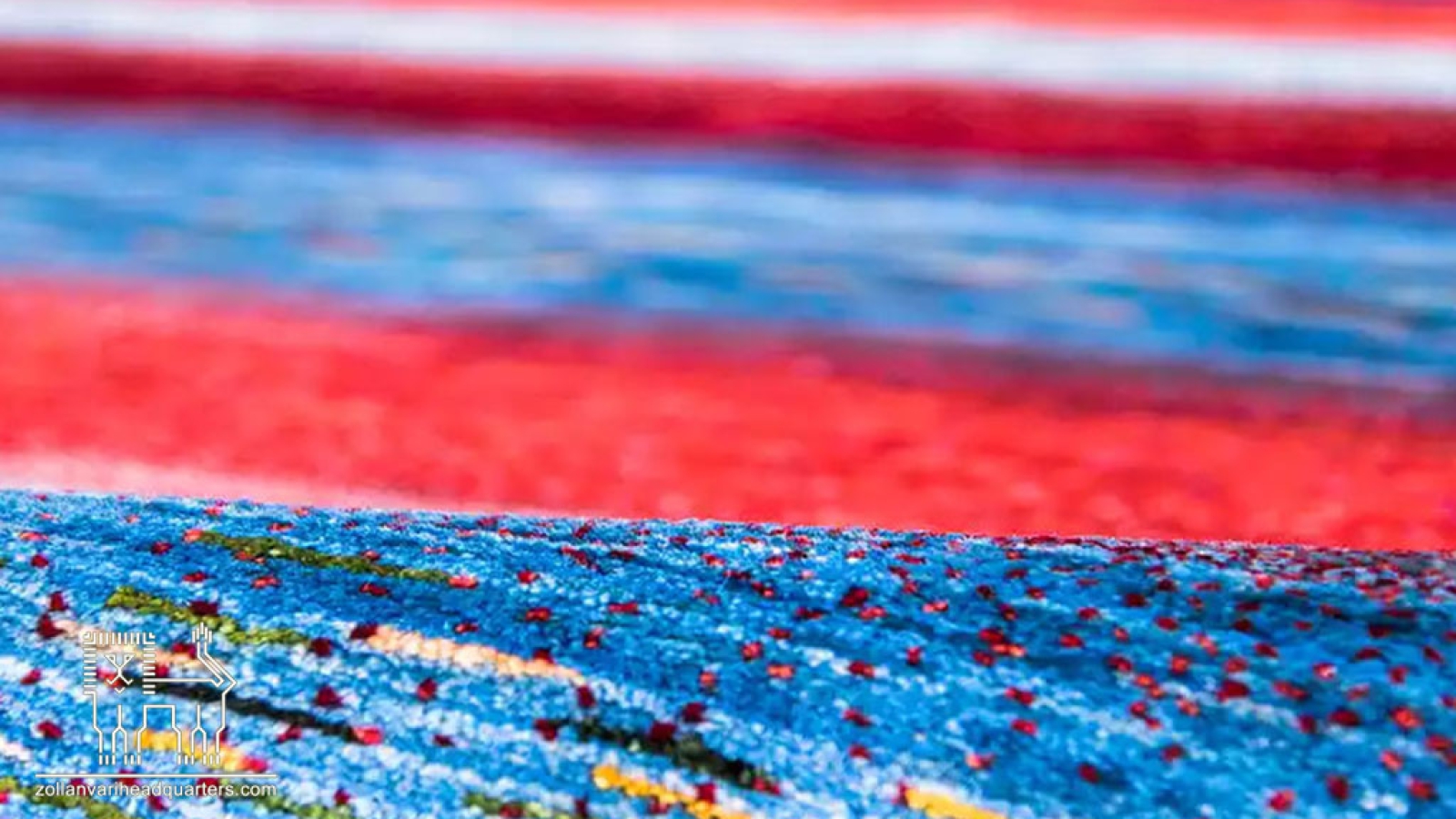
 Buying Luxury Iranian Handmade Carpets
Buying Luxury Iranian Handmade Carpets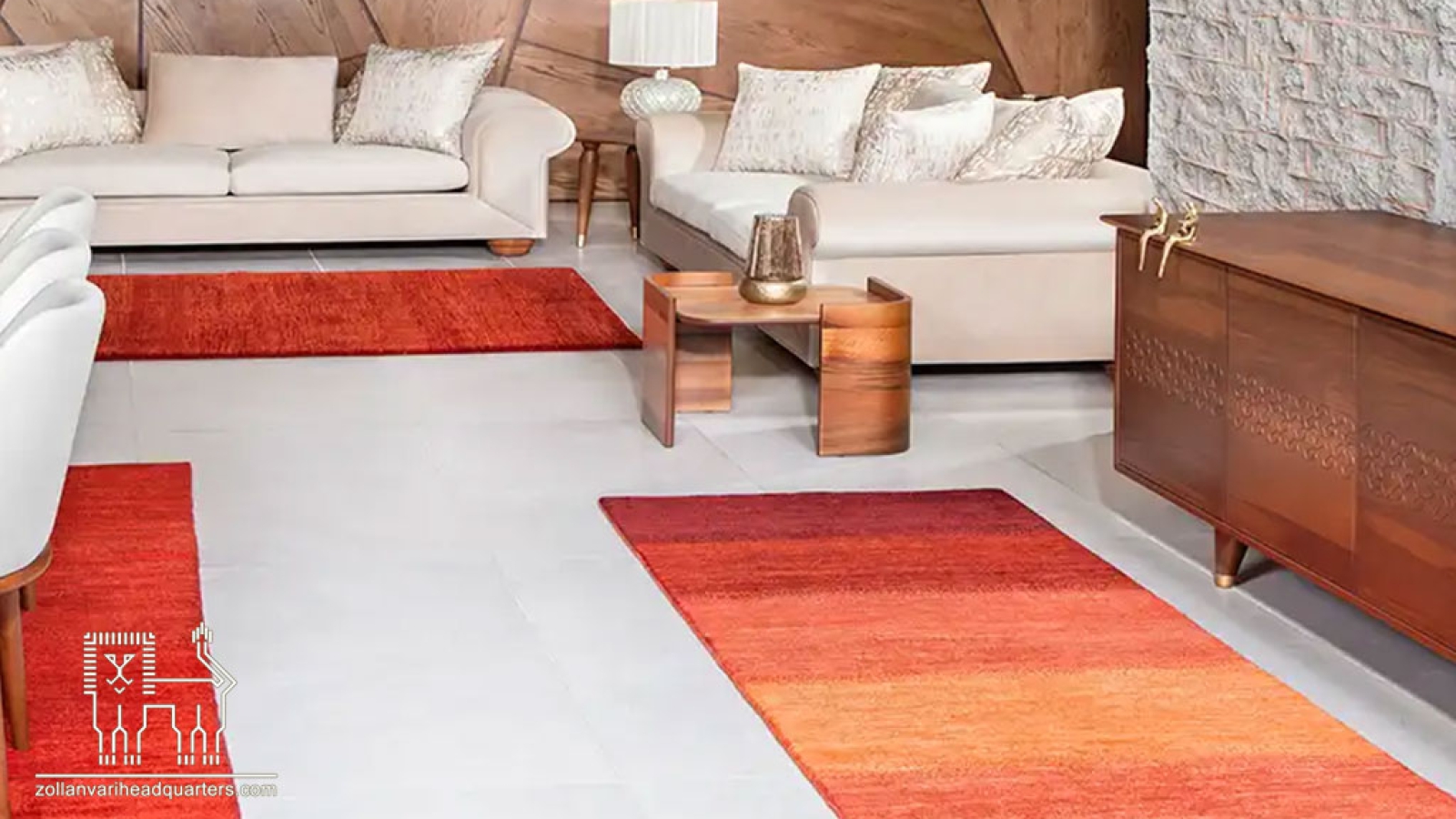
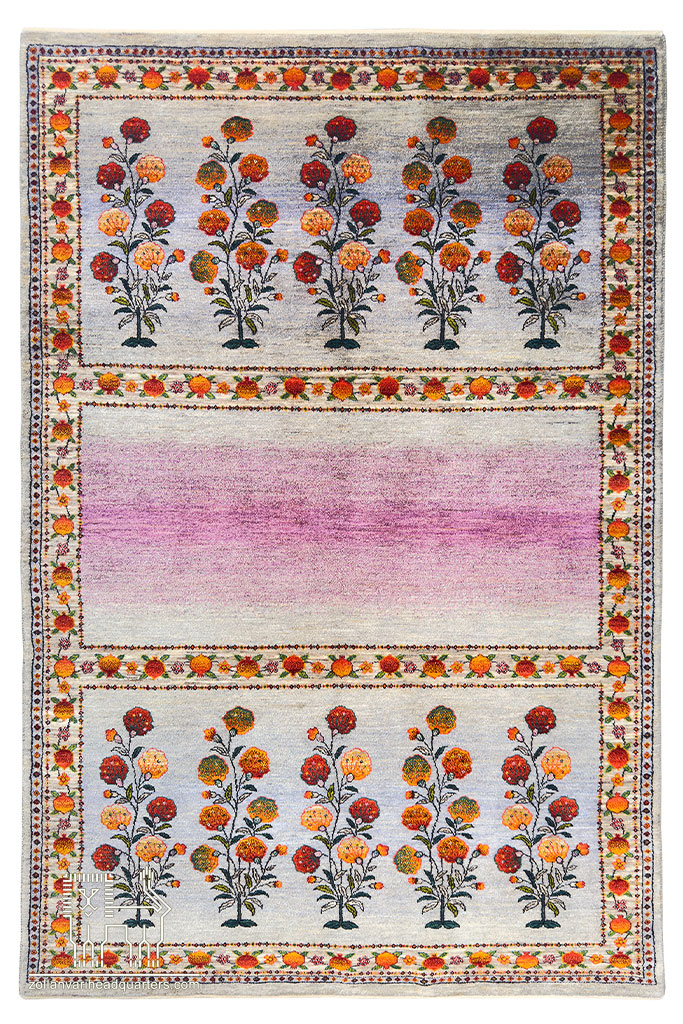 Persian Handwoven Carpet
Persian Handwoven Carpet